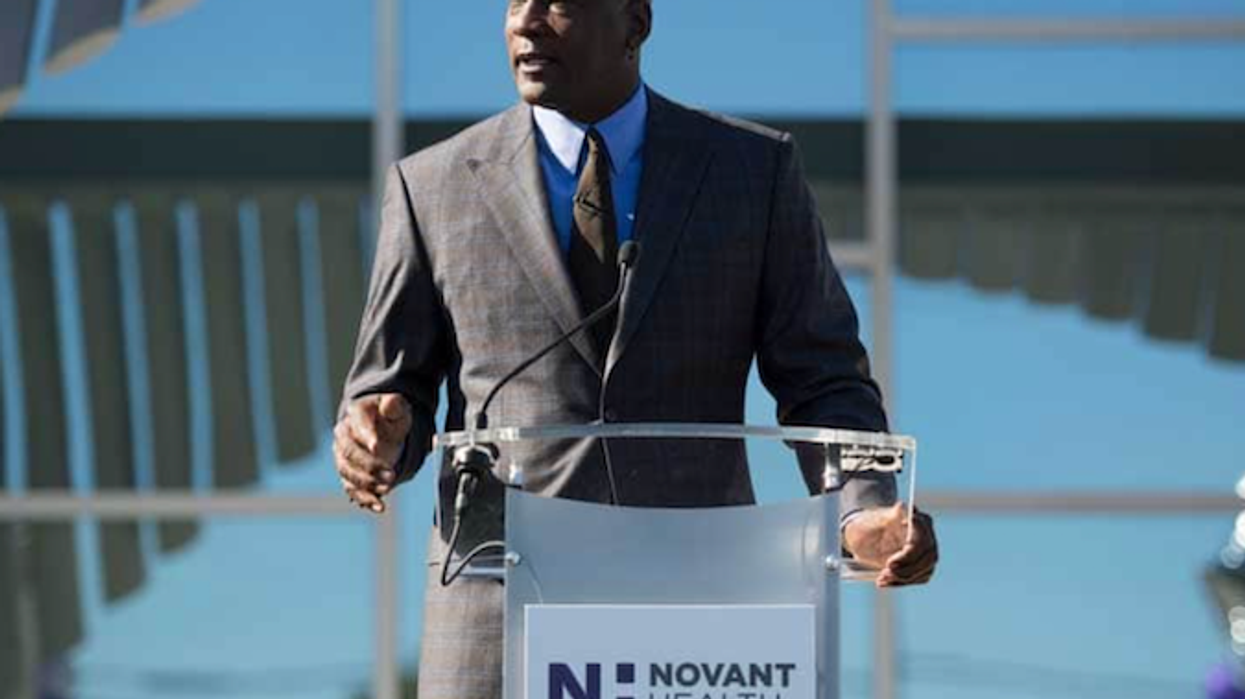Imagine an amusement park where no two rides on the roller coaster were the same, because the speed was determined by your personal level of panic—as measured by your increased heart rate, or rapid breathing.
New Scientist reports on research coming out of Nottingham University in the U.K. where a playful team—part artist, part engineer—is testing out the possibilities of bio-feedback, making machines that are controlled by biological acts, like breathing.
Above, in a performance piece called Breathless by Brendan Walker (one of the researchers) and the Mixed Reality Lab / Horizon a motorized swing is controlled by a special breathing-sensing gas mask. It could be the rider who wears it, or it could be a malevolent onlooker who pants to shake the swinger silly.
The audio of the breathing is played out through a speaker for enhanced emotional effect—the apparent goal of all this.
Walker and his partner in bio-feedback amusement, Joe Marshall, built this Broncomatic which spins in different directions depending on your breathing. Riders (attempt to) stay on the "bronco" by controlling their own breathing, something that gets harder as the bronco bucks and spins, creating a formidable positive feedback loop. Watch the video below for a rather successful example of someone staying on the horse.
[youtube]https://www.youtube.com/watch?v=P5YuXrDez40
This pair is doing a fine job of cultivating a little novelty and surprise by disorienting riders and viewers with this new way to operate machines. But as the sensors and controls get more refined—and less obvious—the possibilities of this technology become pretty terrifying. Imagine roller coasters that accelerate until you're panicked, there's no escaping the result. Would more people ride it?
Learning applications would also abound—no child gets dissuaded or scared away from a ride (or game, or puzzle) that will only gradually increase in difficulty or frustration to just the right point. Making that kind of experience though requires far far more knowledge of the human condition than a belt that senses a deep exhale. But we'll get there eventually, if we want.









